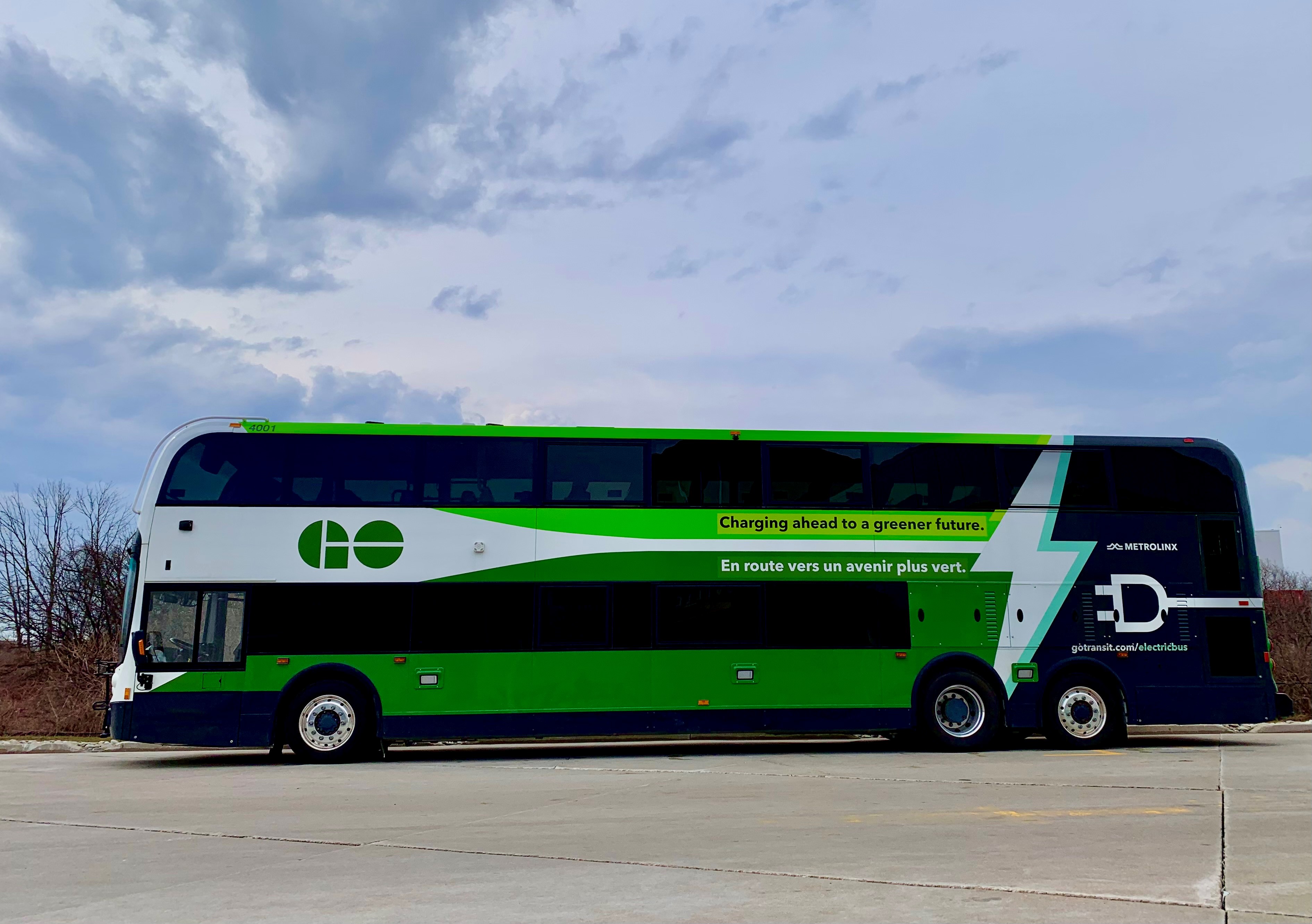The most recent news article inadvertently highlights how unworkable it actually is to name stations after neighbourhoods in this city.
Menkes' Maison 77 Clarendon has now topped off. The 5-storey luxury boutique condominium, designed by Richard Wengle Architect, will deliver 20 exclusive units to Toronto's upscale South Hill neighbourhood.

urbantoronto.ca
I do not consider myself to be geographically challenged, but I have never heard of a neighbourhood called "South Hill". It shows up on Google Maps, but not in the city's official neighbourhood directory.
The Neighbourhood Profile map is intended to help you find your neighbourhood among the 158 Toronto neighbourhoods which currently exist.

www.toronto.ca
The official neighbourhood this area seems to be incorporated into appears to be called Casa Loma. So if we wanted to name transit stations for neighbourhoods rather than intersections, this right away creates a number of problems:
A) being incredibly vague if you are looking to make your way around by transit (neither St. Clair West nor Dupont are in the extreme immediate vicinity of Casa Loma, though Dupont is within reasonable walking distance)
b) St. Clair West and Dupont are both in the border regions of the neighbourhood, and could credibly be asserted to be a part of, or in the case of Dupont, extremely adjacent to, Casa Loma, but could also be accused of being part of the Annex (Dupont), or in the case of St. Clair West, Forest Hill South, and being right across the street from Cedarvale, which will give its name to Eglinton West station more than 2 km further north
c) 'Casa Loma' also incorporates the 'neighbourhoods' of 'South Hill', 'Tarragon Village', and 'Rathnelly'
Until we reach the point where Toronto neighbourhoods are clearly defined, and above all well known, like those in Manhattan, I feel that neighbourhood based station names would cause more harm than good.







